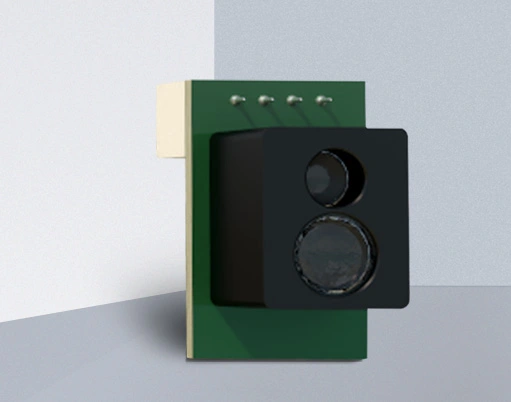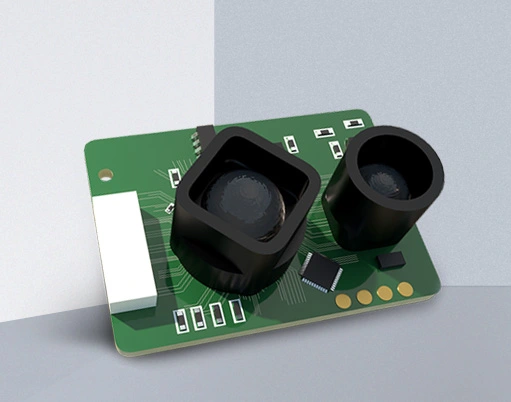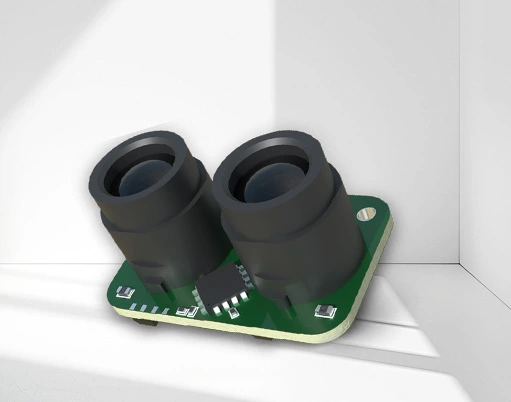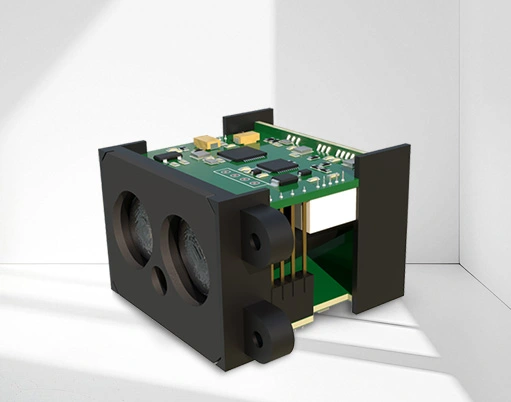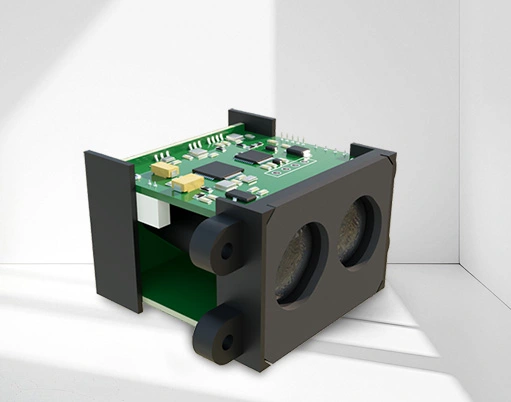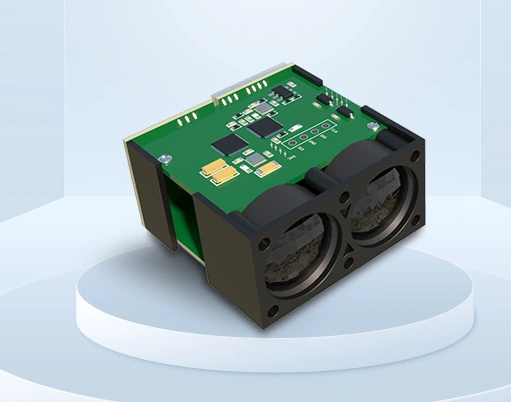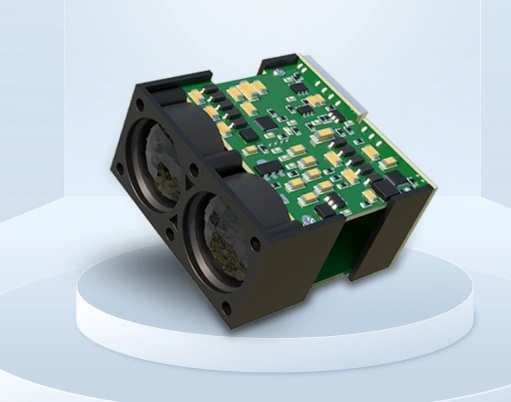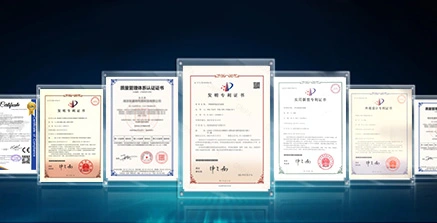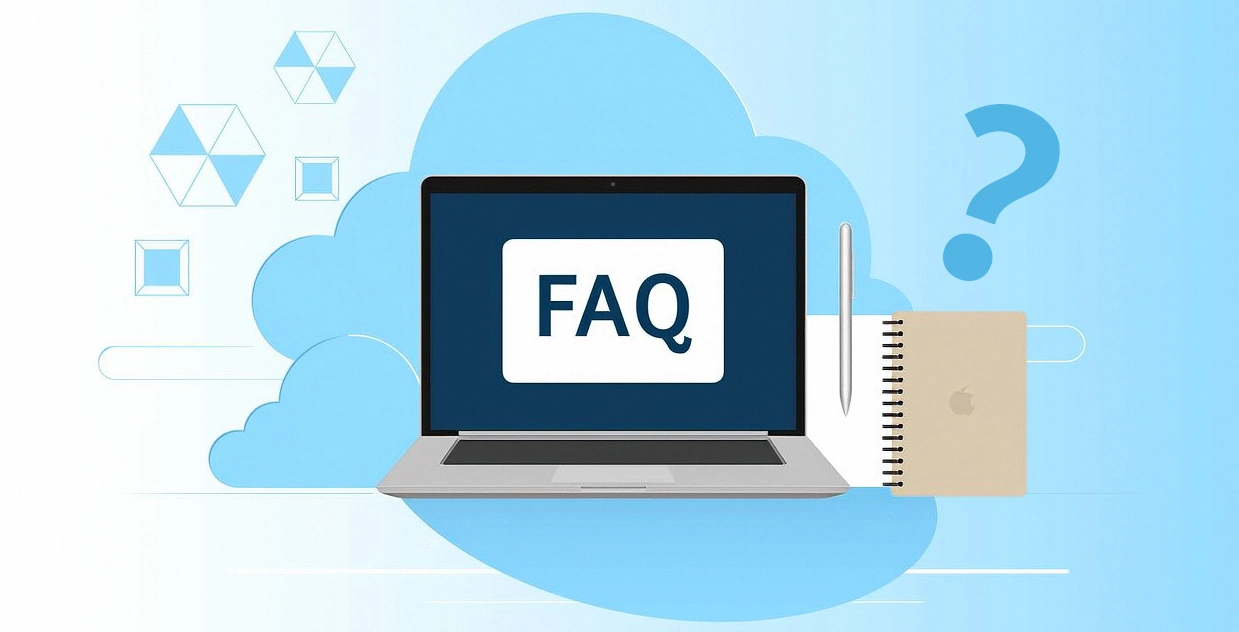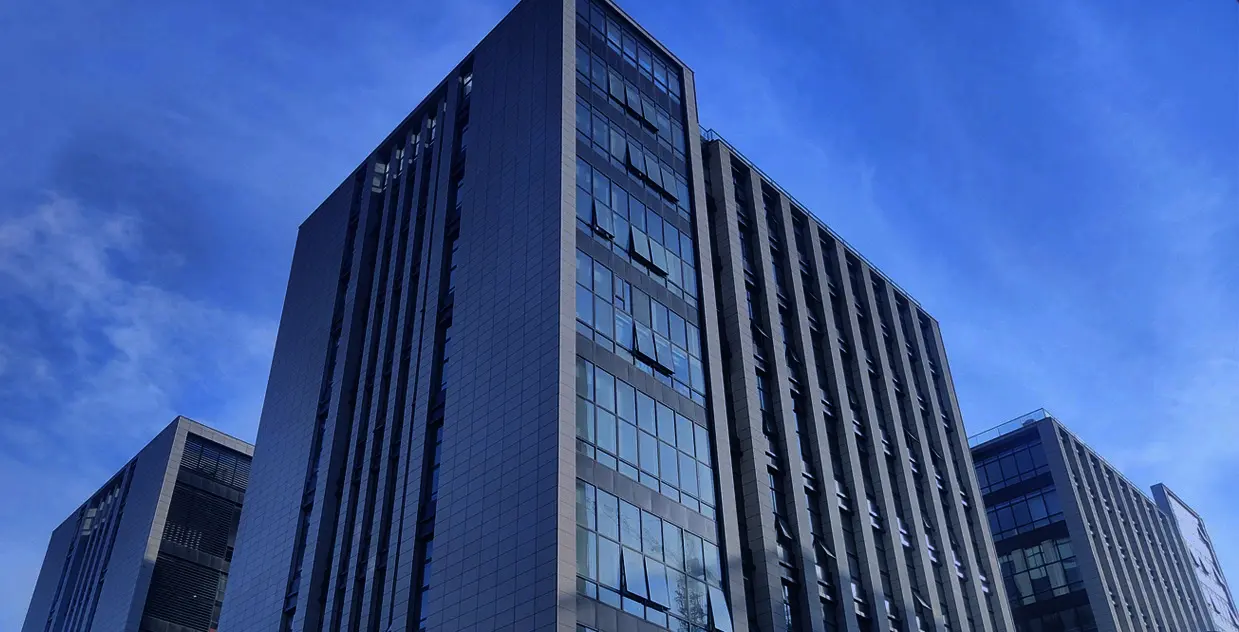In the distance measurement technology of photoelectric sensors, Time of Flight (ToF) is a revolutionary method that calculates distance by measuring the round-trip time of light pulses.
It is like a "stopwatch of light", using the speed of light as a ruler to convert microscopic time differences into macroscopic distance values.
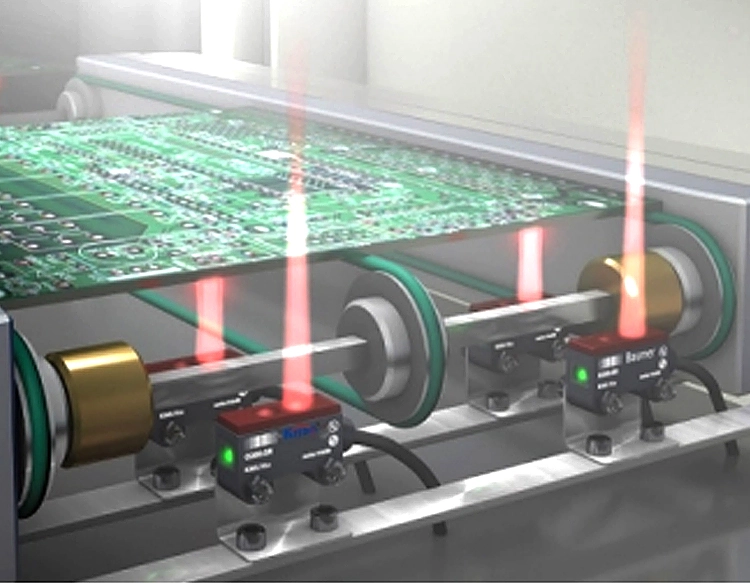
1. The 'underlying logic' of ToF
The core idea of ToF stems from a simple observation: the velocity of light in a vacuum is constant.
When a sensor emits a short pulse of light and measures the time difference from emission to reception, the target distance can be calculated by "speed of light x time ÷ 2".
The Time of Flight (ToF) method achieves distance perception by measuring the time difference between the light signal and the target, while the laser sensor utilizes the high directionality and monochromaticity of the laser for precise distance measurement.
The combination of the two formsToF laser sensorBecoming the core technology in the field of intelligent perception.
2、ToFThe core advantages of laser sensors compared to traditional distance measurement methods
Non contact measurement: Avoid damage to the target or sensor caused by physical contact.
High precision and stability: The high directionality of the laser combined with the time resolution of ToF achieves ranging accuracy from micrometers to millimeters, while maintaining stable output in dynamic environments.
Anti interference capability: By modulating the light signal to suppress environmental light interference, it can still operate reliably under complex conditions such as strong light, dust, rain, and fog.
Long distance and wide coverage: The detection range can be extended to50Mi, suitable for monitoring large scenarios such as warehousing logistics and autonomous driving.
Low power consumption and real-time performance: The integrated design of laser emission and reception modules supports millisecond level response and low-power operation, suitable for mobile devices and industrial real-time control.
3. Industry application scenarios
Industrial automation:
Realize contactless positioning and size detection to improve assembly accuracy and efficiency.
Real time monitoring of equipment spacing or personnel intrusion triggers emergency braking.
Intelligent transportation:
Build a 3D environment model around the vehicle to assist in obstacle recognition and path planning.
Monitor road obstacles or traffic flow, optimize signal light control.
smart city :
Scan bridge and building structure deformations to alert potential safety hazards.
Build a perimeter protection network to identify illegal intrusion behaviors.
Conclusion: The 'flight time' of light, measuring the 'distance' of the intelligent era
From measuring the distance from the moon to the earth, to identifying the user's distance with the mobile phone camera, to "seeing" every inch of the road in front of the autonomous vehicle,
ToF technology redefines the way humans perceive distance through the concept of "flight time of light".
With the breakthrough of photon chip and quantum light source technology, ToF laser sensors will evolve towards higher integration and lower power consumption.
Its application boundaries will further expand to fields such as nanoscale microscopic detection and remote geological exploration, becoming the core perception node connecting the physical world and the digital world.
In this era of "Internet of Things", ToF technology is not only the "distance responsibility" of photoelectric sensors, but also the "spatial decoder" of the intelligent era
——It connects the physical world and the digital world with the flight time of a beam of light, allowing machines to understand space better and humans to understand the future better.

